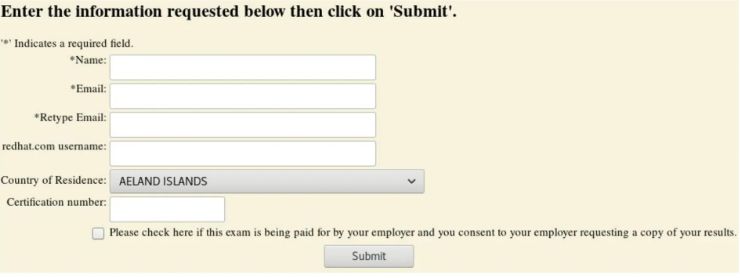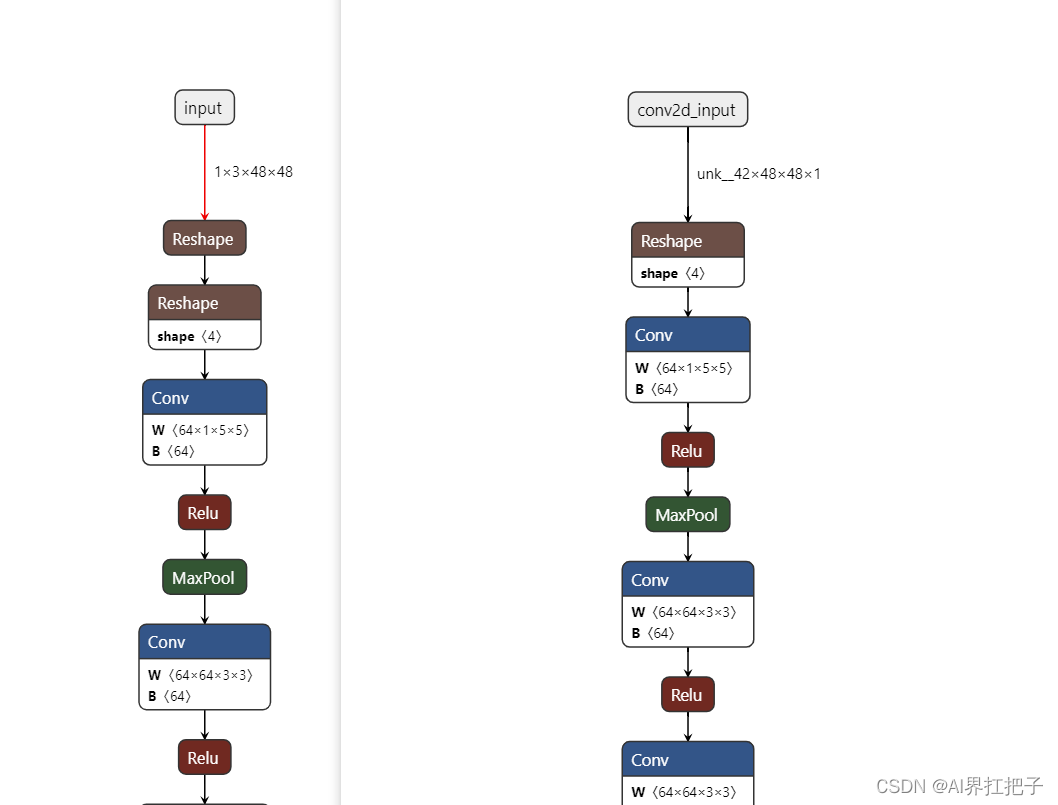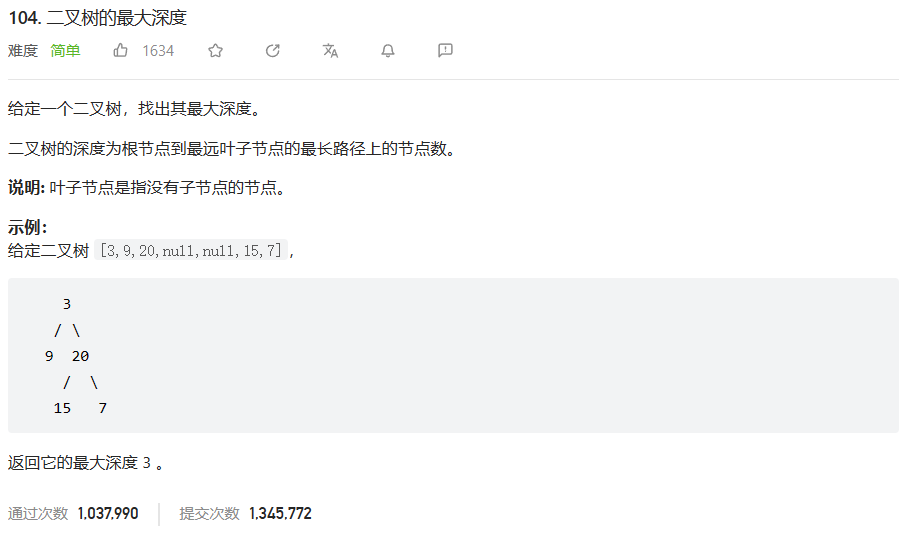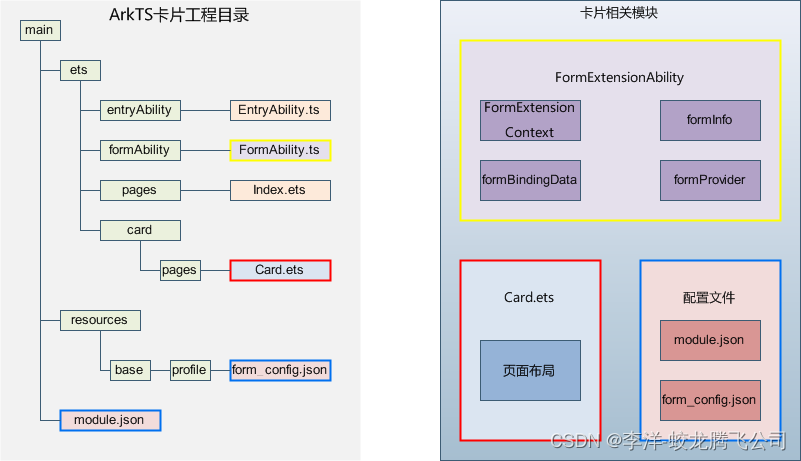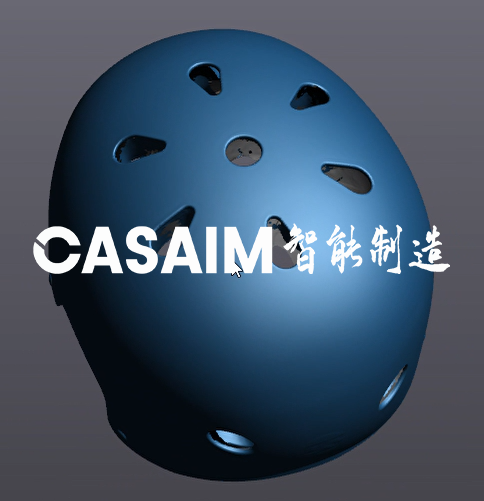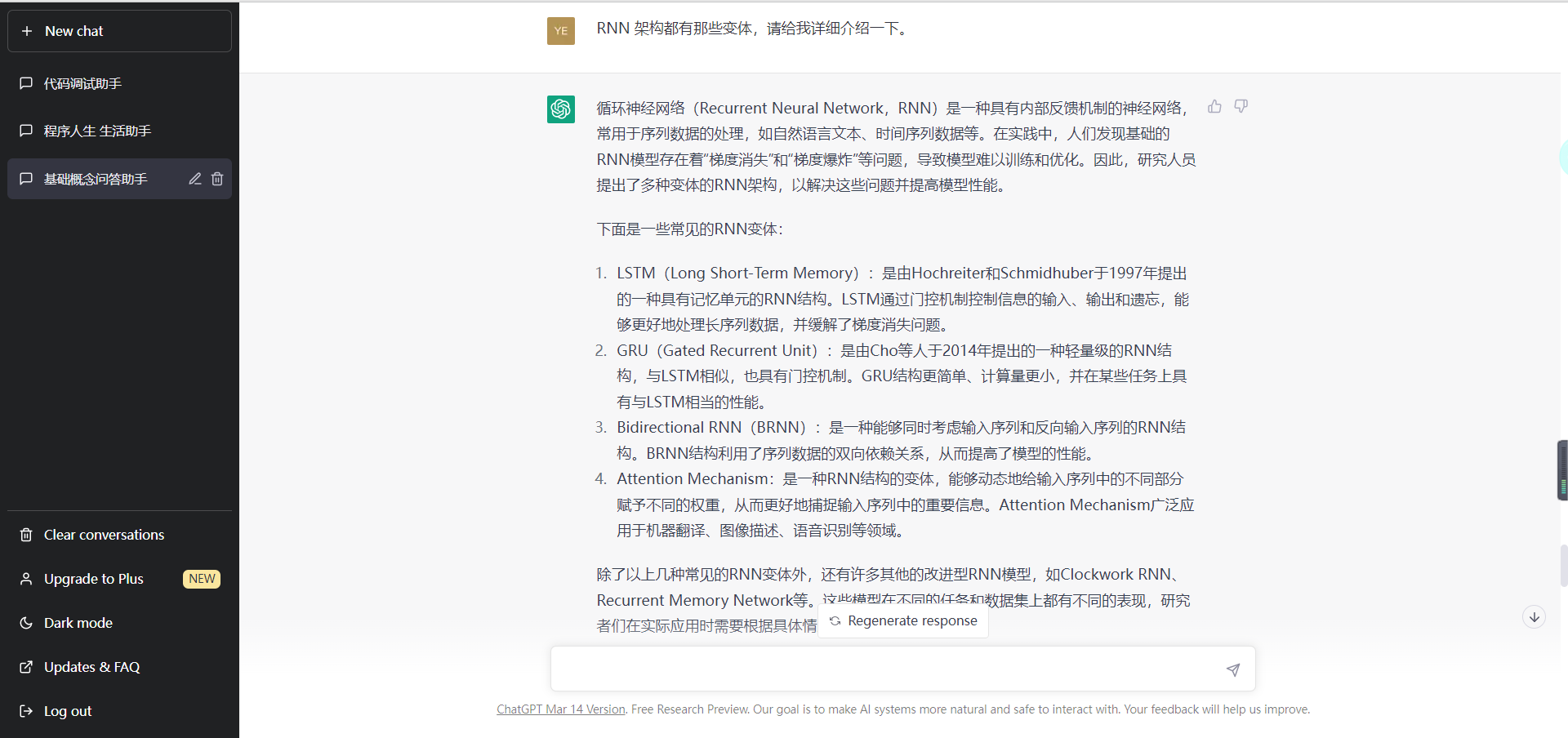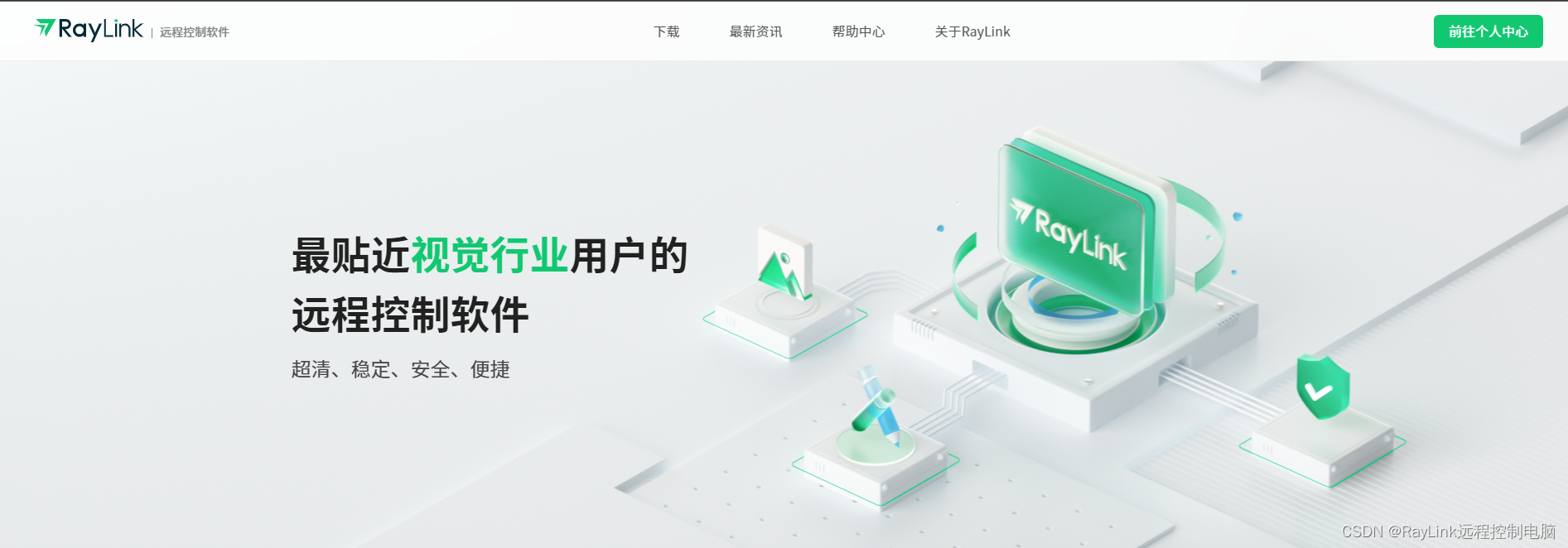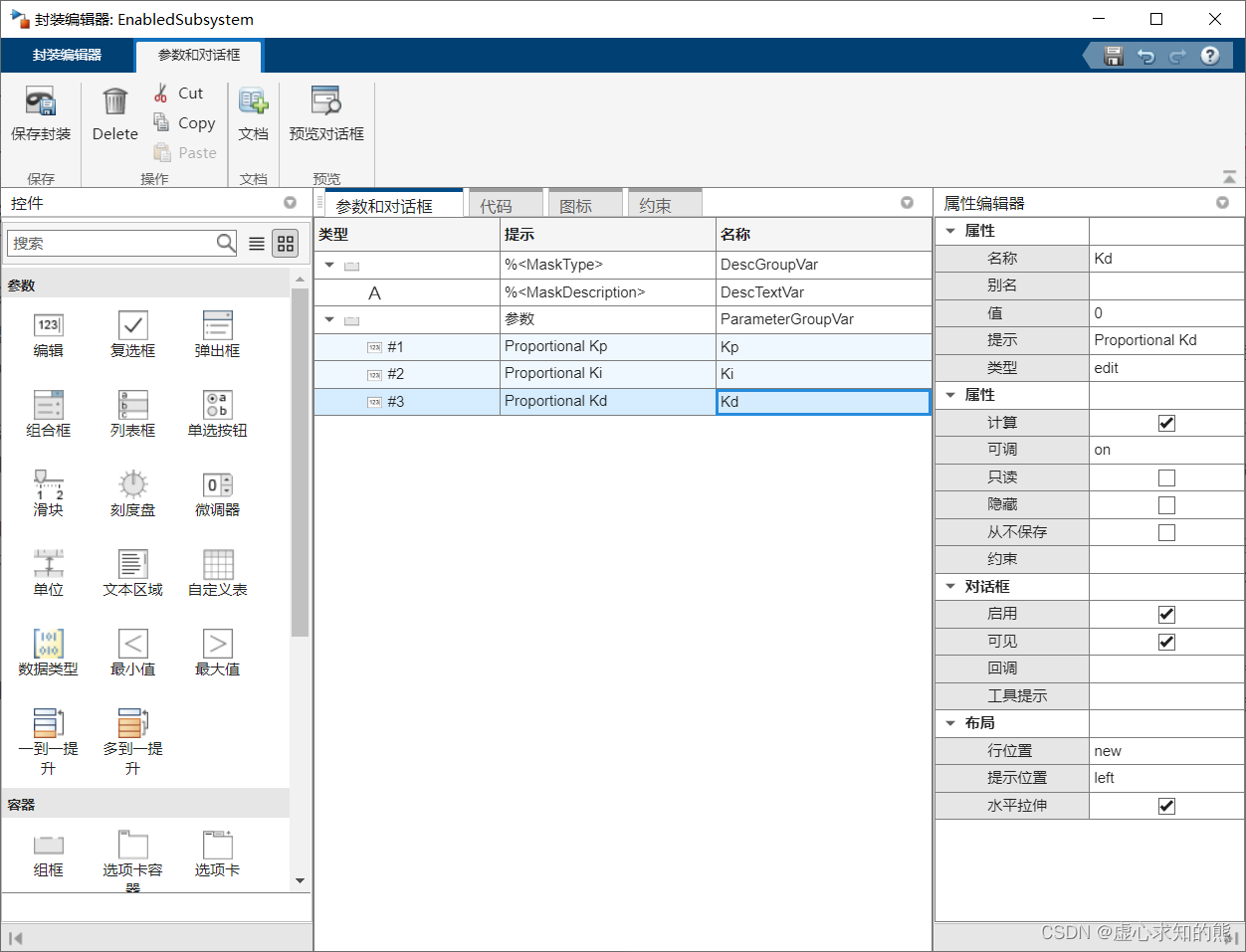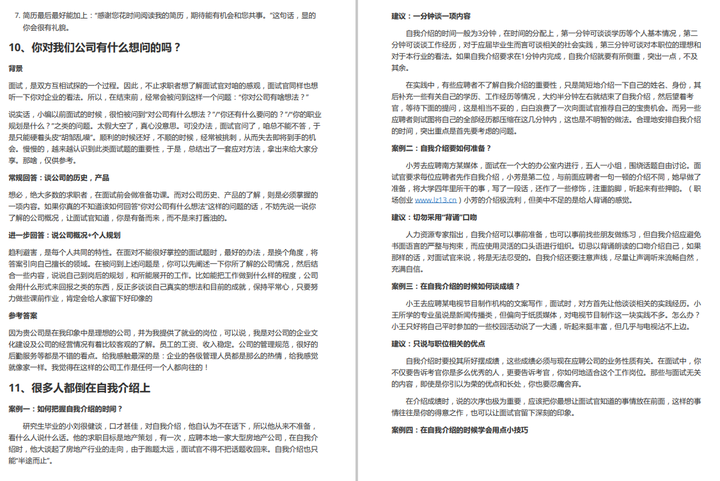Spring Boot 中的 EhCacheCacheManager 是什么,原理,如何使用
前言
在现代化的应用程序中,缓存是提高性能的关键所在。缓存可以降低数据库的负载,提高响应速度,减少资源消耗。Spring Boot提供了多种缓存管理器,其中之一就是EhCacheCacheManager。本文将介绍EhCacheCacheManager的原理和使用方法。

什么是 EhCacheCacheManager
EhCacheCacheManager是Spring Boot提供的一种缓存管理器,它是基于Ehcache实现的。Ehcache是一个Java缓存框架,它提供了快速、可靠的缓存服务,具有高度可配置性和可扩展性。EhCacheCacheManager提供了一种在Spring Boot应用程序中配置和管理Ehcache缓存的方法。
EhCacheCacheManager 的原理
EhCacheCacheManager的原理是将缓存的数据存储在内存中,以提高应用程序的性能。当应用程序需要访问缓存数据时,EhCacheCacheManager首先查找缓存中是否存在该数据。如果存在,则将其返回给应用程序;否则,将从数据库或其他数据源中获取数据,并将其存储在缓存中,以便下次访问时更快地返回数据。
EhCacheCacheManager管理多个Ehcache缓存实例。每个缓存实例都有一个唯一的名称,可以在应用程序中使用该名称来访问缓存。缓存实例还可以配置缓存策略,例如过期时间、最大元素数等。
如何使用 EhCacheCacheManager
步骤 1:添加依赖
首先,我们需要在项目的 pom.xml 文件中添加以下依赖:
<dependencies>
<dependency>
<groupId>org.springframework.boot</groupId>
<artifactId>spring-boot-starter-cache</artifactId>
</dependency>
<dependency>
<groupId>net.sf.ehcache</groupId>
<artifactId>ehcache</artifactId>
</dependency>
</dependencies>
步骤 2:配置 Ehcache 缓存
在Spring Boot应用程序中,我们可以通过在 application.properties 或 application.yml 文件中添加以下配置来配置Ehcache缓存:
spring:
cache:
type: ehcache
步骤 3:使用 EhCacheCacheManager
在Spring Boot应用程序中,我们可以使用@Cacheable、@CacheEvict、@CachePut注解来使用Ehcache缓存。以下是一些使用示例:
@Service
public class UserService {
@Autowired
private UserRepository userRepository;
@Cacheable(value = "users", key = "#id")
public User getUserById(Long id) {
return userRepository.findById(id).orElse(null);
}
@CachePut(value = "users", key = "#user.id")
public User saveUser(User user) {
return userRepository.save(user);
}
@CacheEvict(value = "users", key = "#id")
public void deleteUserById(Long id) {
userRepository.deleteById(id);
}
}
在上面的示例中,我们注解了三个方法。getUserById方法从缓存中获取用户数据,如果缓存中不存在,则从数据库中获取。saveUser方法将用户数据保存到数据库中,并将其存储在缓存中。deleteUserById方法从缓存中删除用户数据。
步骤 4:配置缓存策略
我们可以通过在 application.properties 或 application.yml 文件中添加以下配置来配置缓存策略:
spring:
cache:
ehcache:
config: classpath:ehcache.xml
在ehcache.xml文件中,我们可以配置缓存策略,例如过期时间、最大元素数、内存存储器大小等。以下是一个示例:
<ehcache>
<defaultCache
maxEntriesLocalHeap="10000"
maxEntriesLocalDisk="1000"
eternal="false"
timeToIdleSeconds="120"
timeToLiveSeconds="120"
diskPersistent="false"
diskExpiryThreadIntervalSeconds="120"
memoryStoreEvictionPolicy="LRU" />
<cache
name="users"
maxEntriesLocalHeap="1000"
timeToIdleSeconds="300"
timeToLiveSeconds="600" />
</ehcache>
在上面的示例中,我们定义了一个默认的缓存策略和一个名为“users”的缓存策略。默认的缓存策略具有最大堆内存元素数为10000、最大磁盘元素数为1000、空闲时间为2分钟、存活时间为2分钟、不是永久的、不是持久的、LRU缓存策略。名为“users”的缓存策略具有最大堆内存元素数为1000、空闲时间为5分钟、存活时间为10分钟。
总结
在本文中,我们学习了Spring Boot中的EhCacheCacheManager是什么,它的原理以及如何使用它来管理Ehcache缓存。我们了解到,EhCacheCacheManager可以通过添加依赖、配置缓存、使用注解、配置缓存策略来使用。通过使用EhCacheCacheManager,我们可以轻松地在Spring Boot应用程序中使用Ehcache缓存,并显著提高应用程序的性能。

